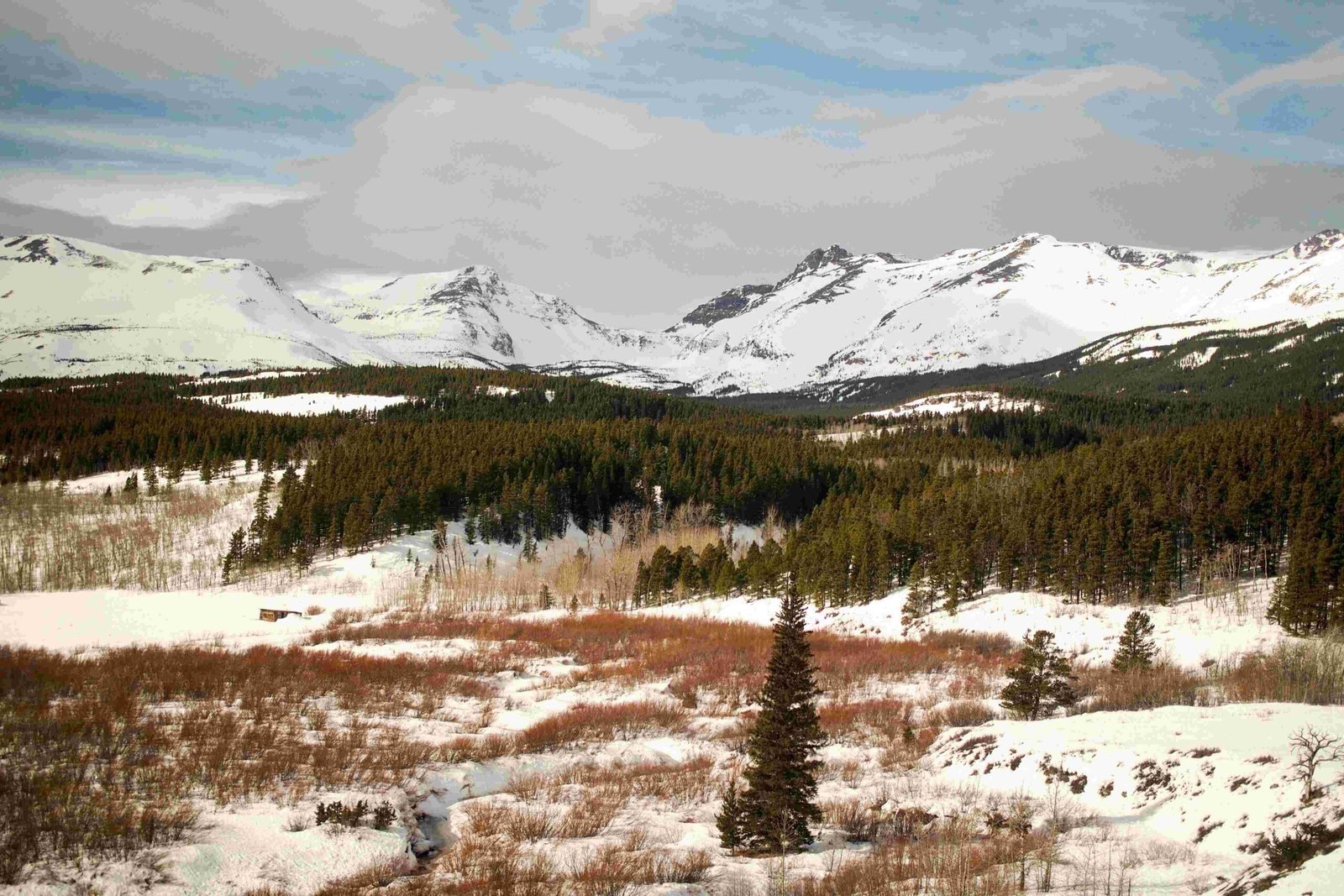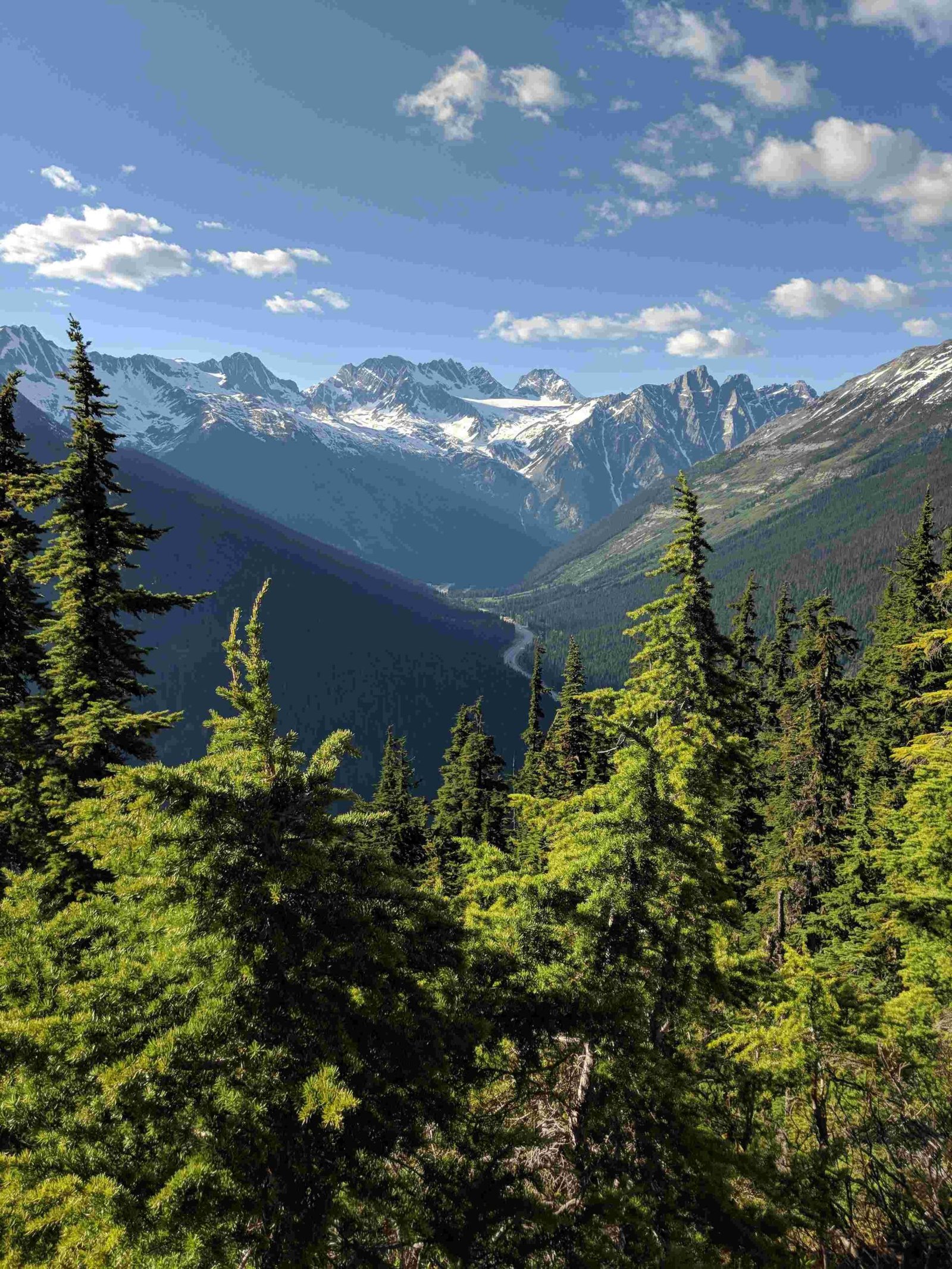Glacier National Park’s Low Divide is a remote and challenging area that offers hikers a unique wilderness experience. Located in the heart of the park, this region features rugged terrain, diverse ecosystems, and stunning vistas. The Low Divide trail traverses through pristine backcountry, connecting the park’s western and eastern sides. This guide provides essential information for hikers planning to explore this remarkable area, including trail details, camping options, wildlife encounters, and transportation logistics.
What is the Significance of Glacier National Park’s Low Divide?

The Low Divide in Glacier National Park represents a crucial geographical feature that separates the Pacific and Atlantic watersheds. This natural boundary plays a vital role in the park’s hydrology and ecosystem diversity. Hikers who venture into this area witness firsthand the dramatic landscape changes as they cross from one watershed to another.
Key points about the Low Divide:
- Marks the Continental Divide within the park
- Influences local weather patterns and wildlife distribution
- Offers unique ecological transitions visible to hikers
How Challenging is the Low Divide Trail?

The Low Divide trail in Glacier National Park is considered a strenuous hike due to its remote location, elevation changes, and rugged terrain. While specific data for the Low Divide trail is limited, we can provide general information based on similar backcountry routes in the park:
| Aspect | Details |
|---|---|
| Trail Length | Approximately 15-20 miles (round trip) |
| Elevation Gain | 2,000-3,000 feet (varies) |
| Difficulty Level | Strenuous |
| Estimated Hiking Time | 2-3 days (round trip) |
Hikers should be well-prepared for:
– Steep ascents and descents
– Potential river crossings
– Variable weather conditions
– Limited trail maintenance in remote areas
What Are the Best Times to Hike the Low Divide?
The optimal time to hike the Glacier National Park Low Divide typically falls between July and September. This window offers the most favorable conditions for backcountry exploration:
- July: Snow usually melts from higher elevations
- August: Peak wildflower season and generally stable weather
- September: Fall colors begin and fewer crowds
Considerations for timing your hike:
1. Snow levels: Check with park rangers for current conditions
2. Wildlife activity: Be aware of increased bear activity in late summer
3. Daylight hours: Longer days in midsummer allow for more hiking time
4. Weather patterns: Be prepared for sudden changes, especially in shoulder seasons
What Permits Are Required for the Low Divide Trail?
Hiking the Low Divide in Glacier National Park requires careful planning and adherence to park regulations. Here’s what you need to know about permits:
- Backcountry Permit: Required for all overnight stays in the backcountry
- Can be reserved in advance or obtained on a walk-in basis
-
Limited number available, especially during peak season
-
Entrance Pass: Needed to enter Glacier National Park
-
Options include single-vehicle, individual, or annual passes
-
Fishing License: If you plan to fish in park waters
- Montana state fishing license required
- Special regulations apply within the park
Permit acquisition process:
– Online: Through recreation.gov (for advance reservations)
– In-person: At park visitor centers or backcountry offices
– Fees: Vary based on group size and length of stay
What Wildlife Might You Encounter on the Low Divide Trail?
The Glacier National Park Low Divide area is home to a diverse array of wildlife. Hikers should be prepared for potential encounters and follow park guidelines for wildlife safety:
Common wildlife in the Low Divide region:
– Grizzly bears
– Black bears
– Mountain goats
– Bighorn sheep
– Moose
– Elk
– Various bird species (e.g., golden eagles, ptarmigans)
Wildlife safety tips:
1. Carry bear spray and know how to use it
2. Make noise while hiking to avoid surprising animals
3. Store food properly in bear-resistant containers
4. Maintain a safe distance from all wildlife
5. Never feed or approach animals
How Should You Prepare for Camping Along the Low Divide Trail?
Camping in the Glacier National Park Low Divide area requires thorough preparation and adherence to Leave No Trace principles. Here’s what you need to know:
Campsite information:
– Designated backcountry campsites are available along the trail
– Sites typically include:
– Tent pads
– Food storage poles or lockers
– Pit toilets
Essential camping gear:
– Lightweight tent
– Warm sleeping bag (rated for low temperatures)
– Bear-resistant food container
– Water filtration system
– Camp stove and fuel
Camping regulations:
1. Use designated campsites only
2. Obtain proper backcountry permits
3. Follow food storage guidelines to prevent wildlife encounters
4. Pack out all trash and waste
5. No campfires allowed in most backcountry areas
What Are the Transportation Options to Access the Low Divide Trailhead?
Reaching the Glacier National Park Low Divide trailhead requires careful planning due to its remote location. Here are the primary transportation options:
- Personal Vehicle:
- Limited parking available at trailheads
-
Check road conditions and closures before departure
-
Park Shuttle:
- Free shuttle service operates within the park
-
May not reach all remote trailheads
-
Guided Tours:
- Some outfitters offer transportation to backcountry trailheads
-
Can provide additional support and information
-
Taxi or Rideshare:
- Limited availability in the park area
- May be expensive for long distances
Tips for transportation planning:
– Reserve parking or shuttle spots in advance during peak season
– Consider carpooling to reduce vehicle congestion
– Allow extra time for potential road construction or wildlife delays
What Essential Gear is Needed for the Low Divide Hike?
Proper gear is crucial for a safe and enjoyable experience on the Glacier National Park Low Divide trail. Here’s a comprehensive list of essential items:
Hiking gear:
– Sturdy hiking boots
– Trekking poles
– Backpack (50-65 liters for overnight trips)
– Rain gear (jacket and pants)
– Layered clothing (moisture-wicking base layers, insulating mid-layers, waterproof outer layer)
– Hat and gloves
Safety equipment:
– Bear spray
– First aid kit
– Emergency shelter (e.g., bivy sack or emergency blanket)
– Headlamp with extra batteries
– Map and compass (and knowledge of how to use them)
– GPS device (optional but recommended)
Food and water:
– High-energy, lightweight food
– Water bottles or hydration system
– Water purification method (filter, tablets, or boiling)
Miscellaneous:
– Sun protection (sunscreen, sunglasses, lip balm)
– Insect repellent
– Camera (optional)
– Permits and identification
Remember to pack according to the season and check weather forecasts before your trip.
How Can You Minimize Environmental Impact While Hiking the Low Divide?
Preserving the pristine nature of the Glacier National Park Low Divide area is crucial for its long-term sustainability. Follow these guidelines to minimize your environmental impact:
- Stick to established trails:
-
Prevents erosion and protects fragile vegetation
-
Practice Leave No Trace principles:
- Pack out all trash, including biodegradable items
- Use established campsites and avoid creating new ones
-
Dispose of human waste properly (use pit toilets or pack it out)
-
Respect wildlife:
- Observe animals from a distance
- Do not feed or approach wildlife
-
Store food and scented items securely
-
Conserve water resources:
- Use biodegradable soap for washing
-
Wash dishes and yourself away from water sources
-
Minimize campfire impacts:
- Use a camp stove for cooking
-
If fires are allowed, use established fire rings and keep fires small
-
Be considerate of other visitors:
- Keep noise levels down
- Yield to other hikers on the trail
By following these guidelines, you help preserve the Glacier National Park Low Divide for future generations of hikers and wildlife alike.
What Are the Emergency Procedures for Hiking in the Low Divide Area?
Safety should be a top priority when hiking in the remote Glacier National Park Low Divide area. Familiarize yourself with these emergency procedures:
- Emergency Communication:
- Carry a satellite communication device (e.g., InReach or SPOT)
-
Cell phone coverage is limited or non-existent in backcountry areas
-
In case of injury or illness:
- Assess the situation and provide first aid
- If evacuation is necessary, contact park rangers or emergency services
-
Stay with the injured person if possible
-
Lost hikers:
- Stay calm and stay put
- Use your map and compass to try to determine your location
-
Signal for help (whistle, bright clothing, signal mirror)
-
Wildlife encounters:
- For bears: Use bear spray if necessary, back away slowly
-
For other wildlife: Give animals space and do not approach
-
Severe weather:
- Seek shelter in low-lying areas away from water during thunderstorms
- Be prepared for sudden temperature changes and precipitation
Emergency contact information:
– Glacier National Park Emergency Number: 406-888-7800
– Know the locations of ranger stations along your route
Remember, self-reliance is crucial in backcountry areas. Always inform someone of your hiking plans and expected return date.
The Glacier National Park Low Divide offers a challenging and rewarding backcountry experience for well-prepared hikers. By understanding the trail conditions, wildlife presence, camping regulations, and safety procedures, you can embark on this adventure with confidence. Remember to respect the park’s natural beauty and leave no trace of your visit, ensuring that future generations can enjoy this pristine wilderness area.